In Vermont and across New England, prime farmland is both scarce and expensive. Many farmers are at or approaching retirement age. Young farmers face daunting challenges as they try to establish their agricultural enterprises.
One critical, and complicated, part of these challenges is finding ways to successfully transfer farmland from those who own it to those who seek to farm on it. Ben Waterman of the UVM Extension Center for Sustainable Agriculture serves as Land Access Coordinator, and in that capacity, helps to support both farm-seekers and landowners in Vermont.
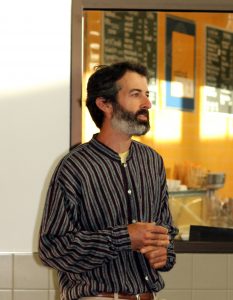
Center for Sustainable Agriculture Land Access Coordinator Ben Waterman
He’s based at UVM to serve Vermont’s farming community, but he and his colleagues in the New England Farm Link Collaborative are working together as part of a three year “Land Access Project” across the region. Serving Vermont, Connecticut, Maine, Massachusetts, New Hampshire and Rhode Island, the group is comprised of each state’s “farm link” programs that work to connect those seeking farmland in order to begin or grow their farming operation with landowners with farmland to lease or to sell.
Ben adds, “We came together to make it easy for farmers to get a look at what’s available throughout New England, and also to direct farmers and landowners to the whole array of services and resources to help them make that successful match.”
This is important because there’s much more to a successful arrangement than just helping farmers and landowners find each other, says Waterman. “Every situation is different and can require different expertise and advice than every other one, but partners in the Collaborative have the right accumulated experience and knowledge. We can help bankers understand a farm business plan. We can help lawyers understand the agricultural provisions of a farm lease arrangement. We can help real estate agents to understand the specific information that a prospective buyer or tenant needs to determine whether a land is suitable for their goals. We can help everyone navigate USDA resources and requirements. Farm link programs are the hub.”
A significant focus of the Collaborative has been the creation and improvement of the New England Farmland Finder website (found at http://newenglandfarmlandfinder.org/ ). The site provides detailed and regularly updated farm property postings, as well as information and guidance about farmland transactions, such as land assessment worksheets and fact sheets on lease rates. At the time of this writing, there were over 130 farmland sites listed, including 48 in Vermont, and over 1,000 registered users.
The Land Access Project is supported by a grant from the USDA National Institute of Food and Agriculture through its Beginning Farmer and Rancher Development Program, #2015-70017-23900. The collaboration is one outcome from Land For Good’s Land Access Project, funded by the USDA Beginning Farmer and Rancher Development Program. The New England Farm Link Collaborative includes Connecticut Farm Link, Maine Farm Link, Land For Good and Vermont Land Link. Each member provides a range of services all aimed at one common goal: to help New England’s farm seekers and landowners connect.
Are You a Landowner or Farmseeker Who Wants to Know More?
- Check out the interactive and powerful New England Farmland Finder improved website
- Learn about the Center’s Land Access work
- Looking specifically in Vermont? Check out Vermont Land Link
- How to Determine the Right Farm Rental Rate
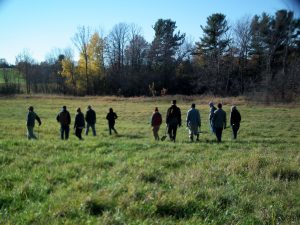
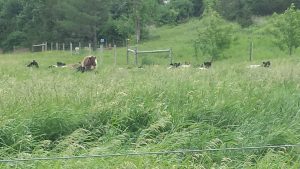

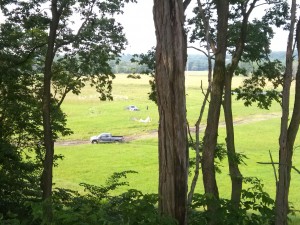
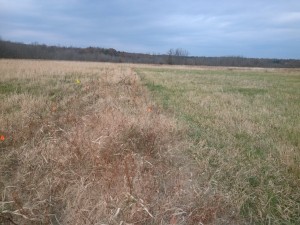
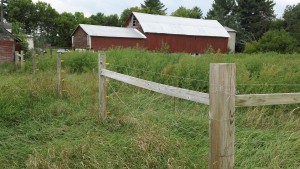
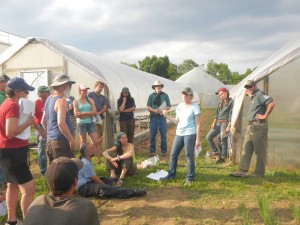
Recent Comments